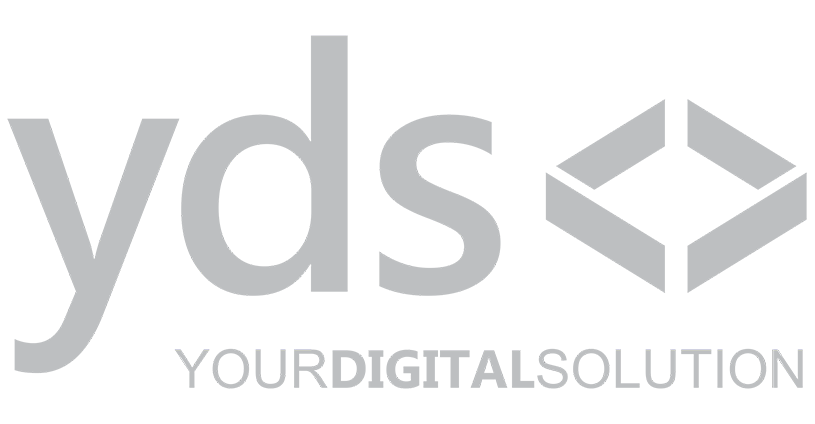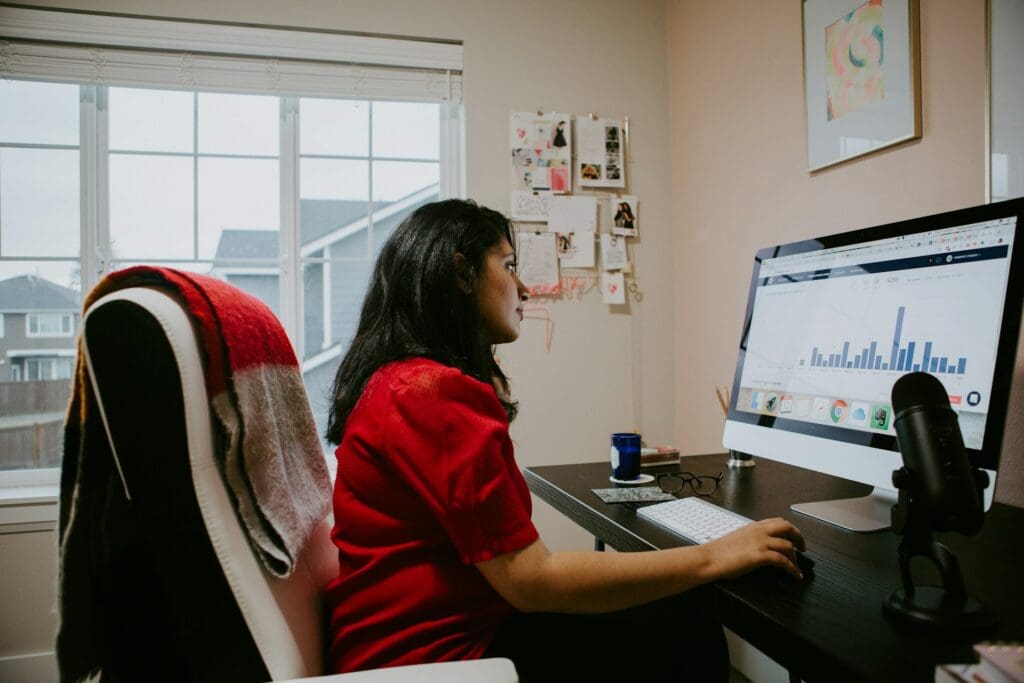Modern website design is more important than ever for capturing the attention of visitors and turning them into loyal customers. A well-designed website not only looks good but also functions smoothly. It helps users find what they are looking for quickly and easily, which keeps them coming back for more.
One of the most crucial parts of modern website design is user-friendly navigation. If visitors can’t easily find their way around your site, they will likely leave frustrated. Another essential element is responsive design. People use a variety of devices to browse the internet, so your website must look and work well on smartphones, tablets, and desktop computers.
Visual appeal is also significant. High-quality images, engaging videos, and a consistent colour scheme make your website more attractive. But a pretty website won’t keep visitors if it loads slowly. Fast loading speed is vital for keeping users engaged. Optimising your images and code, along with efficient hosting solutions, can make a big difference in your site’s performance.
These key elements form the backbone of modern website design, making it both functional and visually appealing. Addressing these areas will help create a website that not only draws in visitors but also keeps them engaged and satisfied.
User-Friendly Navigation
Simplified Menu Structure
A simplified menu structure is essential for modern website design. Keep your main menu clear and uncluttered. Limit the number of menu items to essential pages like Home, About, Services, and Contact. This helps visitors quickly find what they’re looking for without feeling overwhelmed.
Use drop-down menus for subcategories to keep the main menu clean. These options appear when users hover over a menu item, revealing additional links. This structure keeps navigation straightforward while still offering plenty of information.
Intuitive User Pathways
Creating intuitive user pathways means thinking about how visitors will use your site. Arrange your content logically, leading users from one section to the next seamlessly. Use clear call-to-action buttons like “Learn More” or “Buy Now” to guide visitors where you want them to go.
Breadcrumb trails are another useful feature. These are links displayed at the top of the page showing the path users have taken. They help visitors backtrack easily if they need to revisit a section. User-friendly navigation keeps visitors engaged and helps them find what they need quickly.
Responsive Design
Mobile Compatibility
Mobile compatibility is vital for modern website design. An increasing number of people browse the internet using mobile devices. Ensure your website adapts to different screen sizes for a seamless experience.
Responsive design techniques adjust the layout based on the device. Use flexible grids and CSS media queries to make sure your content looks great on smartphones and tablets. Test your website on various devices to ensure everything functions correctly.
Cross-Browser Functionality
Cross-browser functionality ensures your website works well on all web browsers. Different browsers may interpret code in varied ways, which can affect how your site looks and operates.
Use standard web technologies like HTML5 and CSS3 to build your site. Test it on major browsers such as Chrome, Firefox, Safari, and Edge. Fix any issues to make sure your site looks consistent. Accurate testing helps prevent problems and keeps your site accessible to everyone, no matter what browser they use.
Visual Appeal
High-Quality Images and Videos
Visual appeal plays a key role in modern website design. Use high-quality images and videos to capture visitors’ attention. Clear, professional visuals make your site look more attractive and engaging.
Invest in good photography and avoid generic stock photos. Custom images reflect your brand’s unique identity. Videos are another great tool. Use them to showcase products, explain services, or share customer testimonials. Make sure all visuals load quickly and display properly on all devices.
Consistent Colour Scheme and Typography
Maintaining a consistent colour scheme and typography throughout your website enhances visual appeal. Choose a colour palette that reflects your brand’s personality. Stick to these colours for buttons, headings, and backgrounds to create a unified look.
Select fonts that are easy to read. Use no more than two or three different typefaces to keep the design clean and professional. Apply consistent font sizes for headings, subheadings, and body text. This consistency makes your website look organised and helps visitors focus on the content.
Fast Loading Speed
Optimised Images and Code
Fast loading speed is crucial for keeping visitors on your site. Optimise images by compressing them without losing quality. Smaller file sizes reduce load times. Use formats like JPEG for photographs and PNG for graphics with transparent backgrounds.
Clean up your code by removing unnecessary elements. Minify CSS, JavaScript, and HTML files to decrease load times. Efficient coding practices make your website run smoother and improve user experience.
Efficient Hosting Solutions
Choosing the right hosting solution impacts your website’s speed. Select a reputable hosting provider that offers fast server response times. Consider using a Content Delivery Network (CDN) to distribute your content across multiple servers worldwide. This ensures quicker access for users, no matter their location.
Regularly update your hosting plan to match your website’s traffic needs. A scalable solution can handle increased visitors without compromising on speed. Efficient hosting is key to maintaining a fast, reliable website.
Conclusion
Modern and creative website design involves a combination of elements that work together to create a seamless user experience. From user-friendly navigation and responsive design to visual appeal and fast loading speed, each aspect plays an essential role in making your website both functional and attractive.
By focusing on these key elements, you can ensure your website stands out and keeps visitors engaged. Regularly review and update your site to keep up with technological advancements and changing user expectations. A well-designed website enhances your online presence and supports your business goals.
If you’re ready to elevate your website’s design, Your Digital Solution can help. Our expert team is here to guide you through the process, ensuring every detail is perfect. Contact us today to take your business to the next level!




